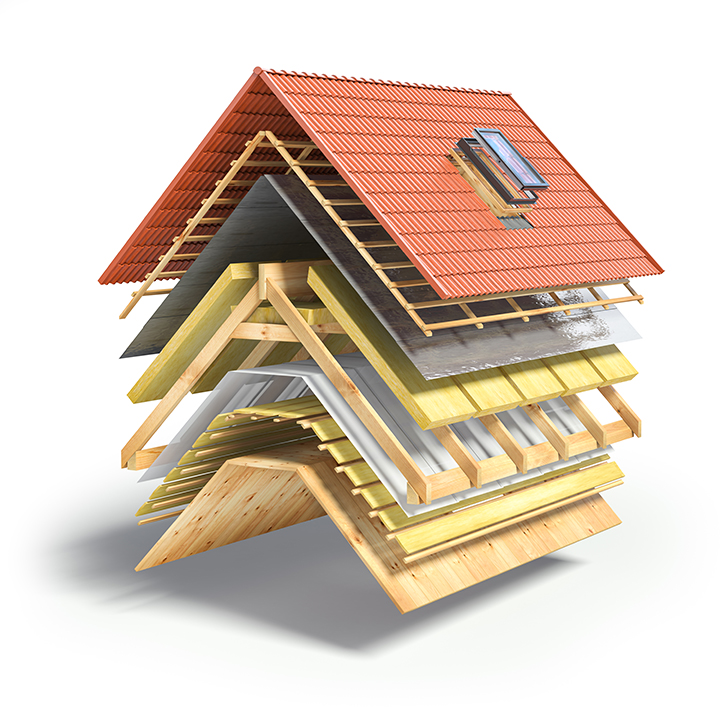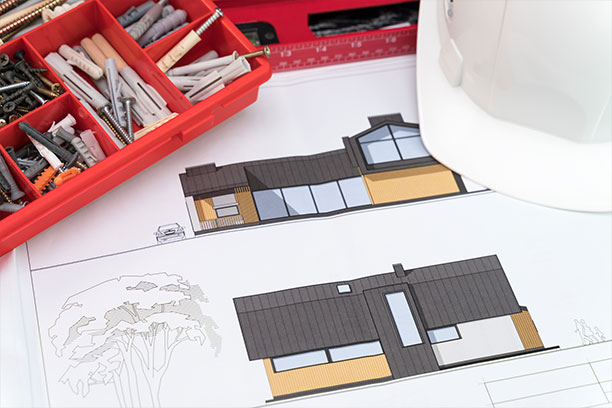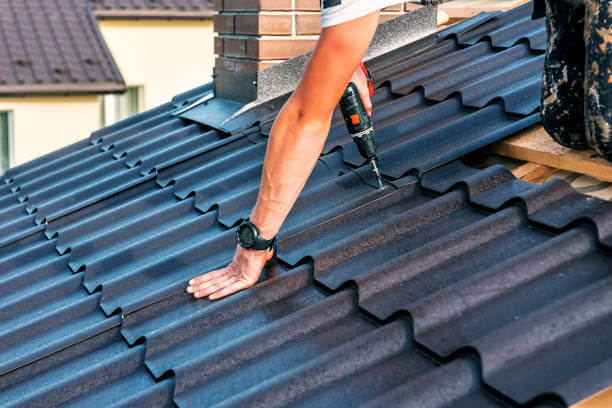Your roof is more than just shingles—it’s a complex system of components working together to protect your home from the elements. In this blog post, we’ll take a closer look at the anatomy of your roof and explain the purpose of each component.
- Roof Deck: The roof deck is the base layer of your roof, usually made of plywood or oriented strand board (OSB). It provides a sturdy foundation for the rest of the roofing system.
- Underlayment: The underlayment is a water-resistant layer that sits between the roof deck and the shingles. It helps protect the roof deck from moisture and provides an extra layer of protection against leaks.
- Shingles: Shingles are the outermost layer of your roof and come in a variety of materials, including asphalt, wood, metal, and slate. They protect your roof from rain, snow, and UV rays and also add to the aesthetic appeal of your home.
- Flashing: Flashing is a thin strip of metal that is installed around roof penetrations, such as chimneys, vents, and skylights, to prevent water from seeping into the roof.
- Ridge Vent: The ridge vent is a ventilation strip that runs along the peak of the roof. It allows hot air to escape from the attic, helping to regulate temperature and prevent moisture buildup.
- Gutters and Downspouts: Gutters and downspouts collect rainwater and direct it away from your home’s foundation. Properly functioning gutters are essential for preventing water damage to your roof and siding.
- Fascia and Soffit: The fascia is the vertical board that runs along the edge of the roof, while the soffit is the horizontal board underneath the fascia. Together, they help protect the roof and provide ventilation for the attic.
Understanding the anatomy of your roof is essential for proper maintenance and care. By knowing how each component works together, you can better identify potential issues and ensure that your roof remains in good condition.





